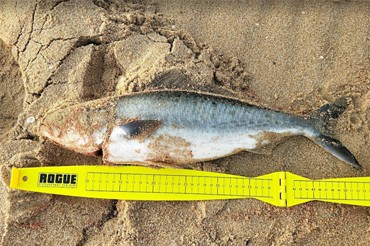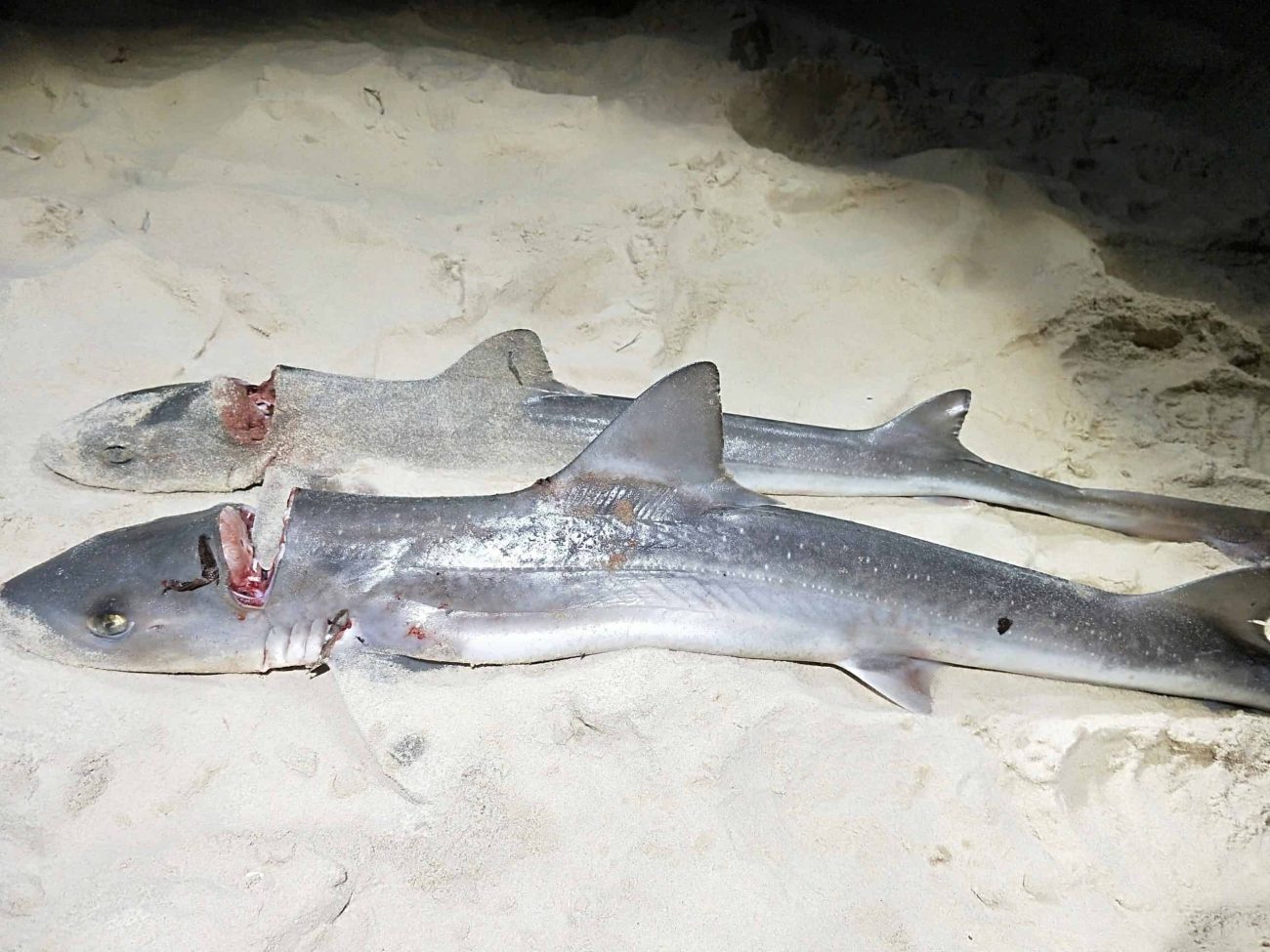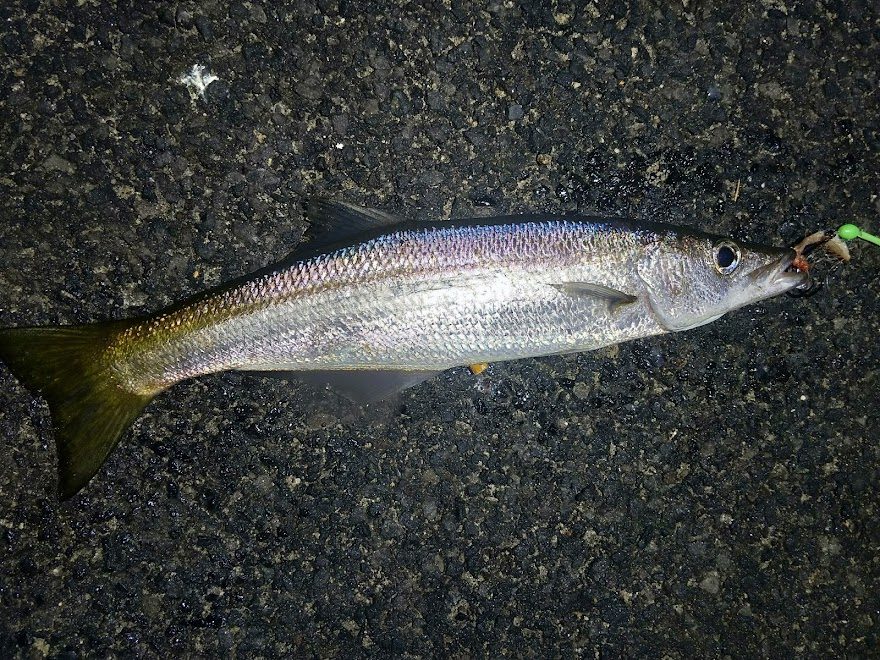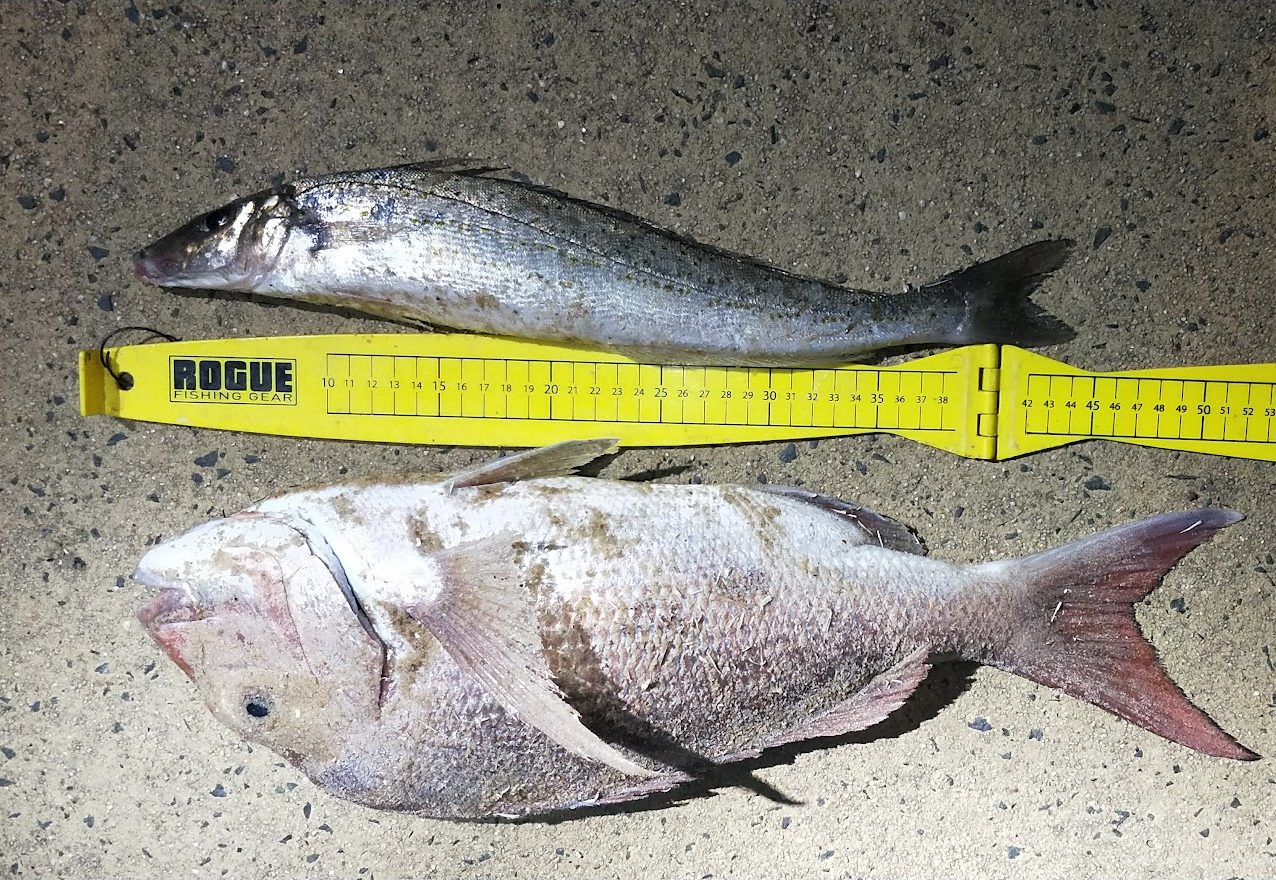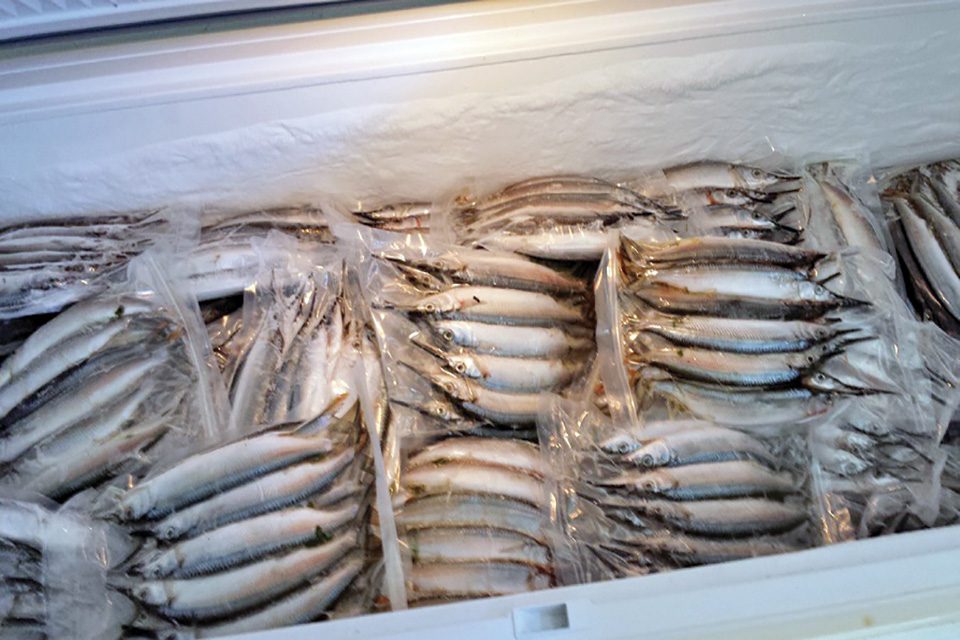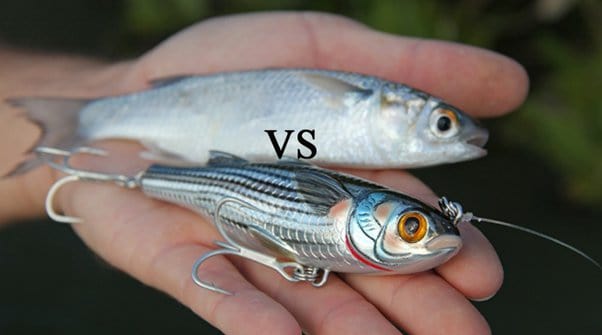Anglers and fishers who catch fish for food would usually bleed them immediately before putting them in a container with an ice slurry. Sometimes, they will do a quick gutting process on the fish even while on the boat.
You’ll often see this in fishing shows and especially in real life. It’s a process that fishers have to do to help preserve the fish. In particular, they would bleed and sometimes gut gummy sharks and local salmon before keeping them. Today we’ll look into the primary reasons for bleeding after catching them.
Why Bleeding Fish is Essential
Most of the fish we buy at local markets are usually whole. It is intact but it has to be gutted and cleaned out first before we purchase and take it home. Others are already prepared, ready for cutting up and cooking. Anglers bleed these supermarket-bound fish before they are stored in ice slurries and delivered to the markets.
On Netflix shows such as Battlefish, you can see their quick cut-and-bleed action before they store their catch in a cooler with ice. It quickly preserves their catch and keeps them freshly chilled. There’s no blood in the ice slurry that affects their taste and freshness. You’ll notice the same in many tuna and salmon preparation videos when they are bled thoroughly and cleaned out before bidding in the market early in the morning.
Bleeding fish like gummy sharks and Australia Salmon is important to clean out the body of all blood traces. It is essential to immediately do this process to remove the stink of gummy sharks for later eating. Some fishers don’t even do this after catching gummies. It’s an important step for any fish caught for eating.
Blood Out, Immediately
It is essential not to kill the fish before bleeding it, or waiting before bleeding it later. When a fish is dead, its heart no longer beats. It will stop the fish from pumping blood out, leaving traces of blood in its body.
Blood spoils quickly and is a perfect host and breeding ground for many microbes and bacteria. Removing all blood allows the fish to be clean throughout. It also avoids blood from affecting the rest of the fish. Bleeding out all fish blood not only keeps its flavour fresh but also keeps the whole fish from easily spoiling as well.
Other fishers immediately gut the fish aside from removing all the blood and washing them. This action removes any remaining fishy odours from the entrails and internal organs for a more pure taste. The result is fresh, optimal quality fish, whether it’s for raw eating or cooking.
How to Bleed Freshly Caught Fish
Once caught, fishers will usually cut fish through the flesh underneath the gills and rip across, making the fish bleed profusely. At this point, some fishers already gut the insides of fish from the gills and pulling out all its entrails. Fishers may do a quick wash and then hang the fish with its head down until all blood has flowed out. They may do another quick wash before putting them back into the cooler to immediately preserve them and to keep ice slurries bloodless as well.
Other fishers even make it a habit to bleed, gut, and even behead the fish. This may depend on how it’s going to be eaten later. Some anglers want the fish head as part of their grilled or roasted fish, while others make good use of all the fish parts, including the upper head fish meat. This action may only apply to fishermen who only eat pure fish fillets, but it can be a point of contention with many fishers depending on their eating habits.
Why Do People Bleed Gummy Sharks and Australia Salmon?
